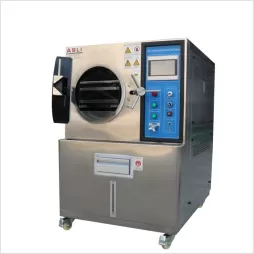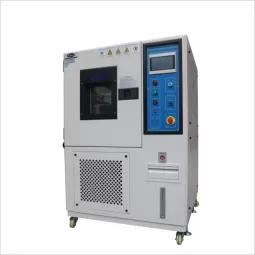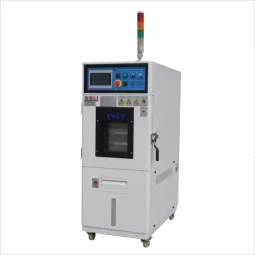Shortening R&D Cycles
Traditional reliability tests can take months or even years. HAST chambers, by simulating extreme conditions—high temperature (100°C–150°C), high pressure (1.2–2.89 kg/cm²), and high humidity (70–100%RH)—accelerate the aging process, quickly exposing potential defects and significantly shortening time-to-market.
Reducing Overall Costs
Early testing helps prevent costly redesigns and recalls. Studies show that companies using HAST testing to detect issues early can reduce post-production maintenance costs by over 30%.
Addressing Complex Environmental Challenges
Electronic products exposed to high-temperature and high-humidity environments often suffer from circuit corrosion and material expansion. Automotive electronic components must maintain stability under extreme conditions. HAST chambers precisely control environmental parameters, simulating diverse global climatic conditions to ensure full lifecycle reliability.
Standardization and Data Comparability
The lack of unified industry standards makes cross-manufacturer data comparison difficult. HAST chambers utilize high-precision sensors (temperature fluctuation ±0.5°C, humidity ±3%RH) and automated data acquisition systems to provide reproducible test results, helping enterprises establish internal quality benchmarks.
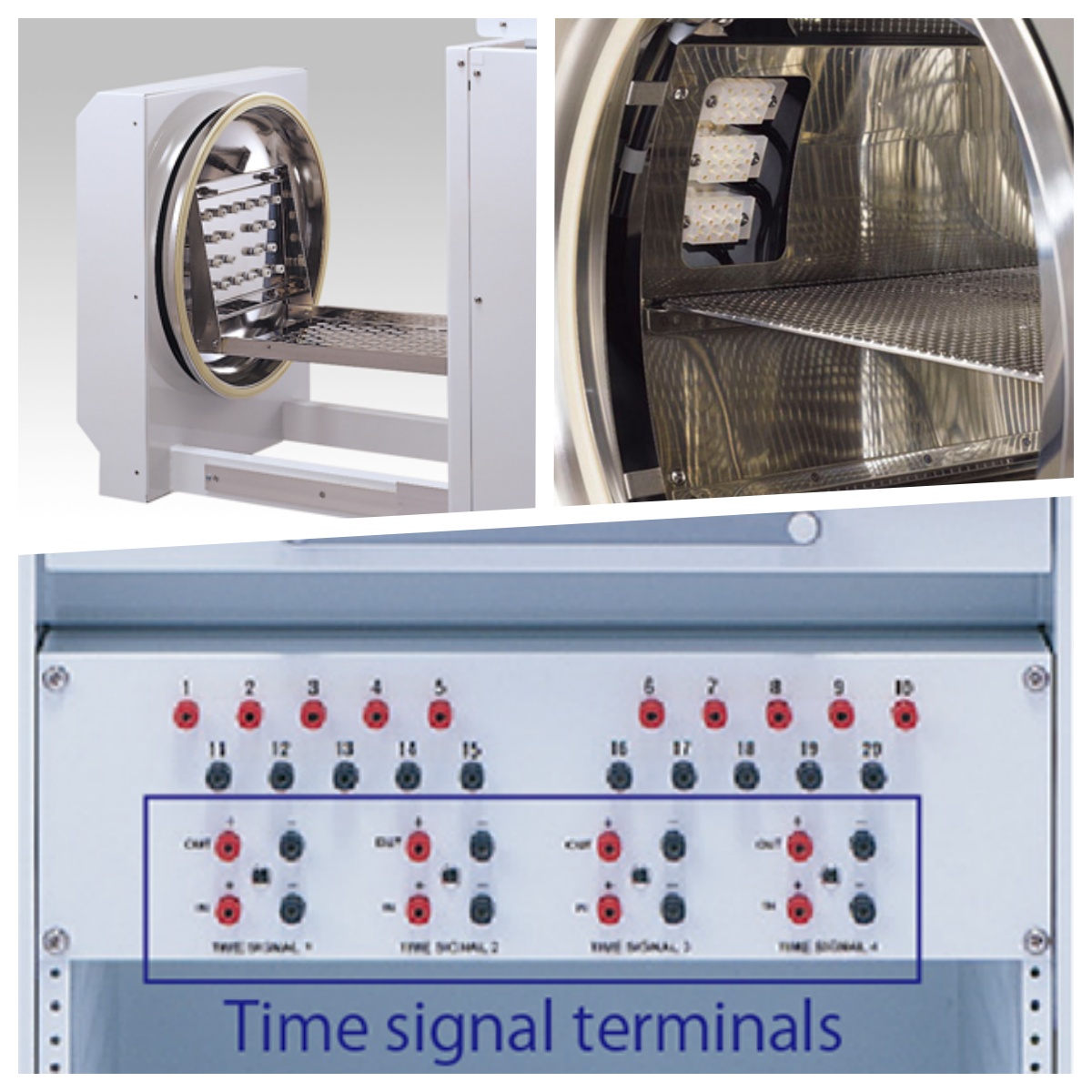
Four Key Technical Advantages of HAST Chambers
Multi-Environmental Simulation Capability
Temperature & Humidity Control: Supports steam temperatures of 100°C–132°C with near-saturated humidity, accelerating moisture penetration in materials and simulating thermal aging effects.
Pressure Control: Optional pressure functions (up to 2.89 kg/cm²) simulate deep-sea or high-altitude environments, suitable for gas-tightness testing of sealed components.
Safety and Stability Features
Durable Construction: Titanium tube heating systems and SUS 316 stainless steel inner chambers resist corrosion and have a lifespan exceeding 10 years.
Multiple Safety Protections: Overpressure/overtemperature automatic shutdown, anti-pressure door lock mechanisms (prevent opening during testing), and dual-circuit sealing structures ensure operational safety.
Intelligent and Automated Upgrades
AI-Powered Testing Optimization: AI algorithms adjust test parameters in real-time, monitor data fluctuations, and generate automatic aging curves and failure analysis reports, reducing human intervention errors.
Industry 4.0 Compatibility: Remote control and multi-device testing integration enhance production line efficiency.
Wide Compatibility
Supports Various Sample Types: Suitable for semiconductor packaging, PCB boards, automotive sensors, medical devices, etc.
Flexible Chamber Sizes: Maximum chamber dimensions of 400mm diameter × 500mm depth accommodate diverse testing needs.
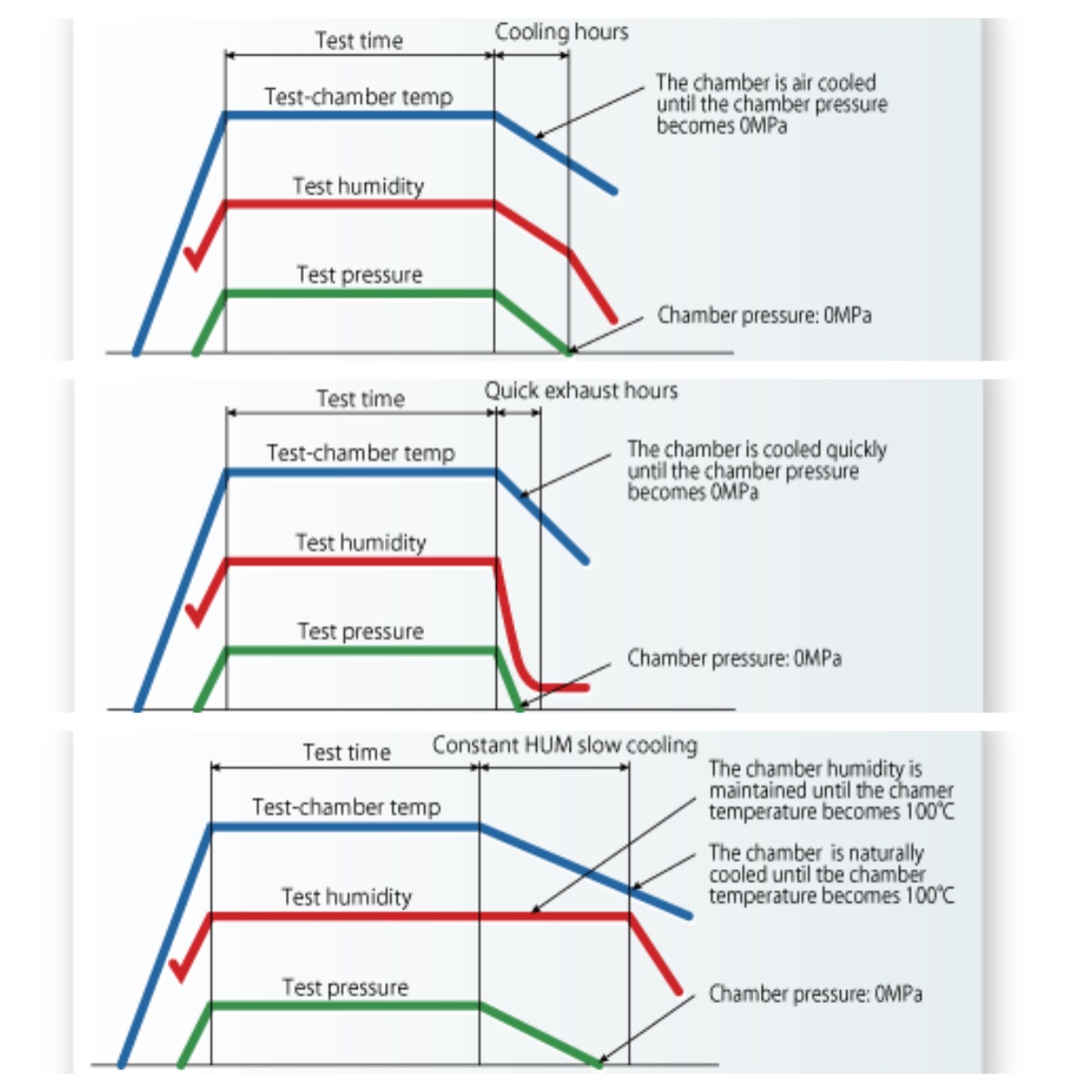
Key Industry Applications
Consumer Electronics
Testing waterproof capabilities of smartphones and laptops, assessing PCB corrosion resistance in humid conditions.
Automotive Industry
Evaluating the long-term stability of onboard cameras and battery management systems (BMS) under extreme temperatures and humidity.
Aerospace & Defense
Verifying the sealing of avionics components by simulating high-altitude pressure and humidity cycling.
Medical Devices
Ensuring surgical instruments withstand high-temperature and high-pressure sterilization without material degradation.
Enterprise Selection Guide: Matching the Right HAST Chamber to Your Needs
Define Testing Objectives
Do you need to test temperature, humidity, and pressure simultaneously? Automotive electronics often require combined humidity cycling and vibration testing.
Key Parameter Considerations
Temperature Precision: ±0.5°C accuracy prevents data deviations.
Chamber Size: Select based on sample volume while reserving 20% space for uniform airflow distribution.
Compliance and After-Sales Support
Certification & Accreditation: Choose suppliers offering ISO/IEC 17025-certified testing services to ensure globally recognized results.
Future Trends: Technology Innovation Driving Industry Evolution
As new materials (e.g., silicon carbide semiconductors) and IoT technologies advance, HAST chambers are evolving toward:
Higher Precision: Improved humidity control accuracy (±1%RH).
Lower Energy Consumption: Heat recovery systems reducing energy usage by 30%.
Multi-Stress Testing: Combined temperature, humidity, pressure, vibration, and radiation testing for next-generation product reliability challenges.










